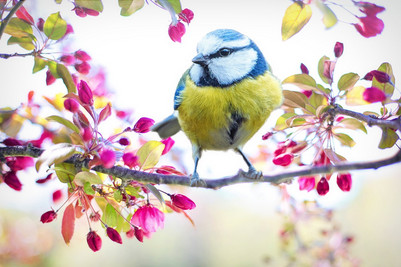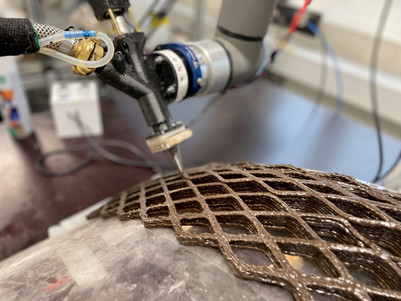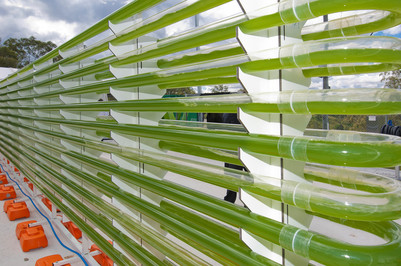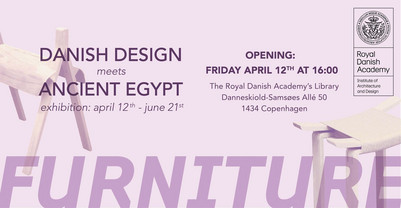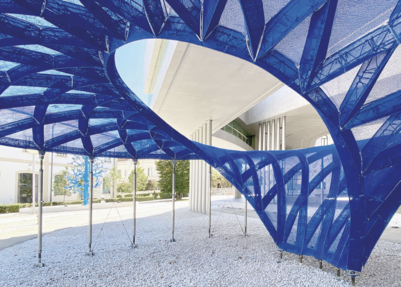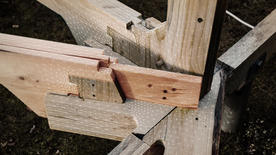
About the programme
Master programme to be launched in 2026/27 at the Royal Danish Academy in Kalundborg.
Please note that the programme is in it’s becoming. More details will follow.
Subject and content
Subject and content
Historically and ideally, landscape architecture has always aimed to express the contemporary relationship with nature aesthetically and spatially. It is still the main task of landscape architecture, but also a task for building architecture.
Today's relationship with nature is under the influence of global warming, loss of biodiversity, and lack of resources, searching and experimenting. Some investigate how to (re-)connect to nature through performance, installation art and happenings, others look towards natural scientific theories. The focal point is that the ways we have coexisted with the non-human cannot continue unchanged.
Today, valuable resources are extracted from the landscapes and with them we construct cities, homes, highways, cast lampshades and make microchips. When, after use, and various re- and up-cycling processes, we deliver the remains back to the landscapes, but now it is as worthless, and possibly toxic, waste.
The non-human can be described as different interdependent spheres – the lithosphere, the biosphere, the hydrosphere, and the atmosphere – like the rain is absorbed by the soil and floats within and between the different geological layers and thus connects the atmosphere with the ground beneath our feet, architecture relates to and interacts with the different spheres, why the program is aiming at developing an architecture of vertical spheres.
At the programme we therefore investigate how we can rethink the relationship with nature, to develop other forms of architectural thinking, interventions and processes that aims at developing other ways of architectural coexistence with the non-human.
The programme is a framework for studying and exploring other ways of inhabiting landscapes than the ones we are familiar with, through critical and reflected fieldwork, mappings, readings, analysis, and propositions in all scales, as strategies and concrete projects.
Seeking and interpreting conditions, information, and knowledge, also from other disciplines, and translating it so that it may inform the architectural process and design is key.
Developing reflective thinking and methods is another.
Working both scientifically and aesthetically is a third.
Structure
Structure
A fixed element at the programme is partnerships as frameworks around the studies. This can be partnerships with industries, artists, scientist, writers and so on.
Students are expected to engage in and develop and establish partnerships that contextualized their studies in society - and in concrete landscapes.
Language
Language
The programme is in English.




